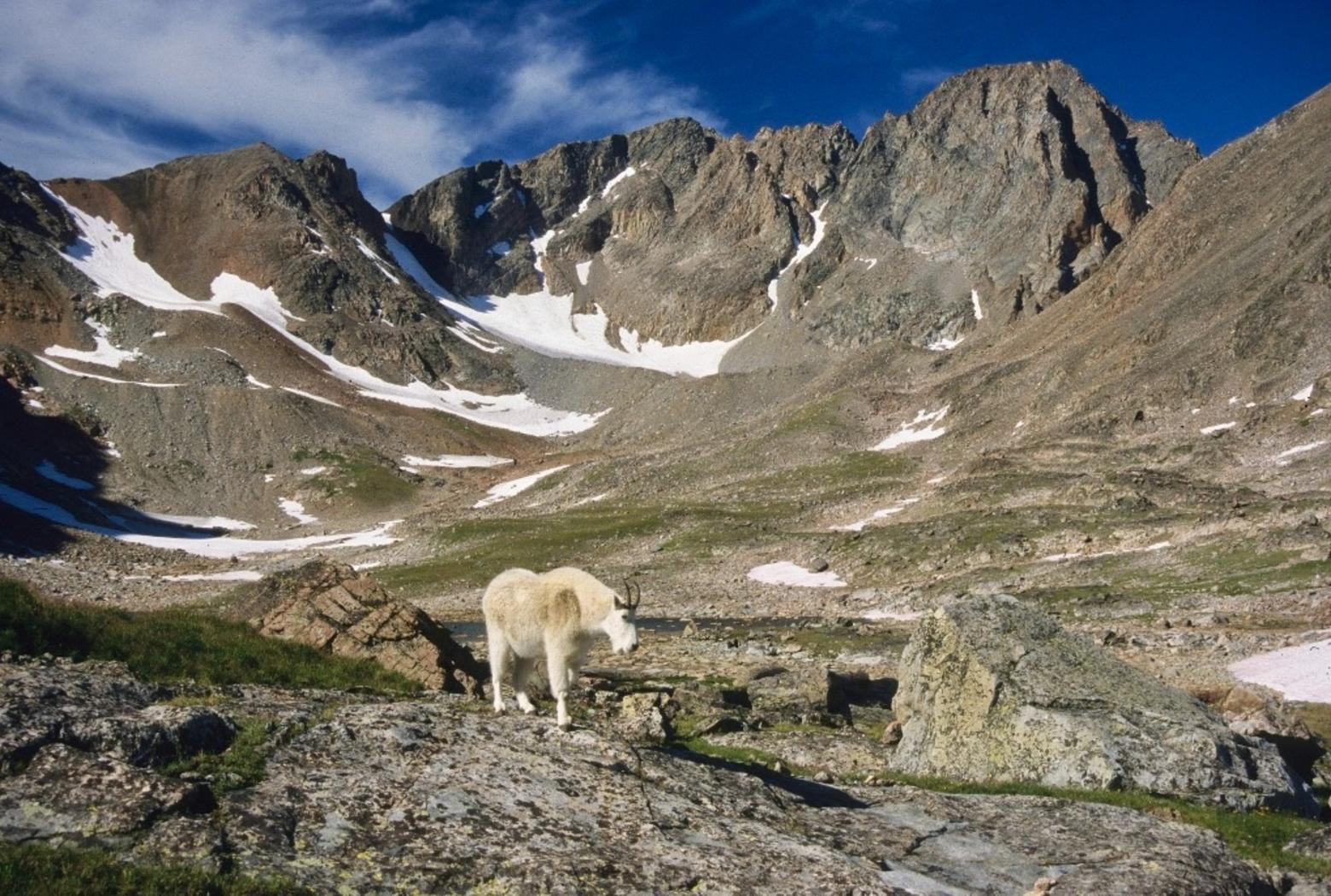Back to StoriesMountain Bikers Push to Ride Through Wilderness
July 23, 2024
Mountain Bikers Push to Ride Through WildernessIn June, Utah Sen. Mike Lee introduced a bill to allow mountain bikes in Wilderness areas. Kevin Proescholdt writes that weakening Wilderness protections is a slippery slope.
by Kevin Proescholdt
“Something will have gone out of us as a people if we ever let the remaining wilderness be destroyed…”
– Wallace Stegner
The goal of the Wilderness Act, now celebrating its 60th birthday, was to set aside a small proportion of public land in America from human intrusion. Some places, the founders said, deserved to be free from motorized, mechanized and other intrusions to protect wildlife and wild lands.
But now, a handful of mountain bikers have partnered with a senator from Utah to gut the Wilderness Act.
This June, the Sustainable Trails Coalition, a mountain biking organization, cheered as Utah Republican Senator Mike Lee introduced a bill (S. 4561) to amend the Wilderness Act and allow mountain bikes, strollers and game carts on every piece of land protected by the National Wilderness Preservation System. Stopping these intrusions would take each local wilderness manager undertaking a cumbersome process to say “no.”
The U.S. Congress passed the Wilderness Act, and President Lyndon B. Johnson signed it into law on September 3, 1964, to “preserve the wilderness character” of 54 wilderness areas totaling 9.1 million acres. Today, this effort has become a true conservation success story.
Authors of the Wilderness Act sought to secure for the American people “an enduring resource of wilderness” to protect places not manipulated by modern society, where the ecological and evolutionary forces of nature could continue to play out mostly unimpeded.
The National Wilderness Preservation System now protects over 800 wilderness areas totaling over 111 million acres in 44 states and Puerto Rico, making it America’s most critical law for preserving wild places and the genetic diversity of thousands of plant and animal species. Yet designated wilderness is only 2.7 percent of the Lower 48, and still just about 5 percent if Alaska is included.
The protections of the Wilderness Act include a ban on logging, mining, roads, buildings, structures and installations, mechanized and motorized equipment and more. Its authors sought to secure for the American people “an enduring resource of wilderness” to protect places not manipulated by modern society, where the ecological and evolutionary forces of nature could continue to play out mostly unimpeded.
Grandfathered in, however, were some grazing allotments, while mining claims were also allowed to be patented until 1983. Many private mining claims still exist inside designated wildernesses.
Senator Lee’s bill is premised on the false claim that the Wilderness Act never banned bicycles, and that supposedly, the U.S. Forest Service changed its regulations in 1984 to ban bikes. But bicycles, an obvious kind of mechanized equipment, have always been prohibited in wilderness by the plain language of the law. (“There shall be…no other form of mechanical transport….”) The Forest Service merely clarified its regulations on this point in 1984 as mountain bikes gained popularity.
Unfortunately, bikers in the Sustainable Trails Coalition are not the only recreational interest group that wants to weaken the Wilderness Act. Some rock climbers, for example, are pushing Congress to allow climbers to damage wilderness rock faces by pounding in permanent bolts and pitons rather than using only removable climbing aids. In addition, trail runners want exemptions from the ban in wilderness on commercial trail racing. Drone pilots and paragliders want their aircraft exempted from Wilderness Act protections, and recreational pilots want to “bag” challenging landing sites in wilderness.
The list of those seeking to water down the Wilderness Act is growing.
The list of those seeking to water down the Wilderness Act is growing.
Most of these recreational groups say they support wilderness, understanding how important it is when most landscapes and wildlife habitats have been radically altered by people. At the same time, they want to slice out their own piece of the wilderness pie.
Must we get everything we want in the outdoors? Rather than weakening the protections that the Wilderness Act provides, we could try to reinvigorate a spirit of humility toward wilderness. We could practice restraint, understanding that designated wildernesses have deep values beyond our human uses of them.
Meanwhile, in response to growing demand for mountain biking trails, the Bureau of Land Management invites over a million mountain bikers each year to ride its thousands of miles of trails. And the U.S. Forest Service already has a staggering 130,000 miles of motorized and nonmotorized trails available to mountain bikers. Do mountain bikers and others pushing for access really need to domesticate wilderness, too?
Let’s cherish our wilderness heritage, whole and intact. We owe it to the farseeing founders of the Wilderness Act, and we owe it to future generations.
Kevin Proescholdt is a contributor to Writers on the Range, writersontherange.org. He is conservation director for Wilderness Watch, a national wilderness conservation organization headquartered in Missoula, Montana.
Related Stories
May 14, 2024
Wolf Whacking Must Go
On the
heels of a wolf that was tortured and killed in Wyoming, Mountain Journal
columnist Franz Camenzind says laws need to change.
...
December 6, 2023
Outrage in Wyoming Erupts Over Public-Land Auction
A pristine piece of public land within Grand Teton National Park is on the auction block. It could go to the...
October 2, 2024
Are Bison Numbers in Yellowstone Sustainable?
About 4,500 bison live in
Yellowstone National Park. The National Park Service says it plans to manage
for up 1,500 more but a...


